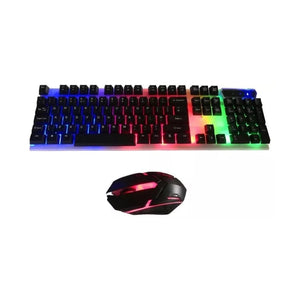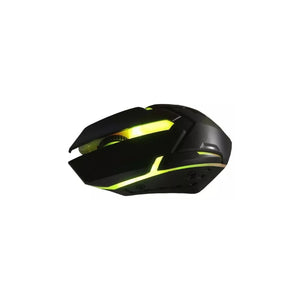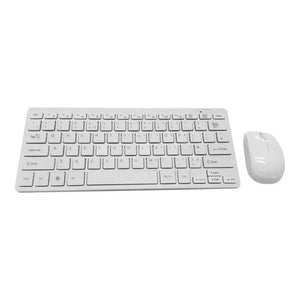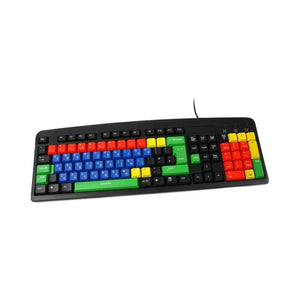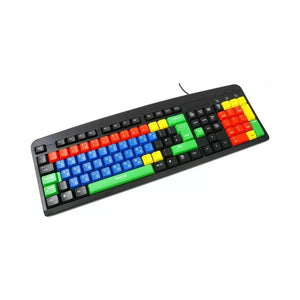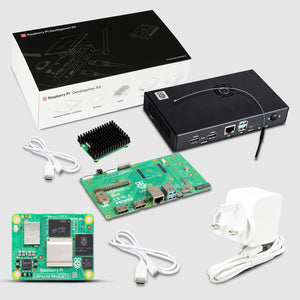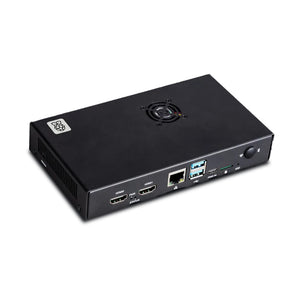Hands-On with the New Raspberry Pi Compute Module 4
Raspberry Pi Compute Module 4 launched at 25$ with 32 variants
Raspberry Pi Compute Module 4 is the new addition in the advanced product range of Raspberry Pi foundation that has the starting range from 25$. Compute Module 4 is designed on the same application processor 64-bit quad-core BCM2711 as Raspberry Pi 4.
Many tech enthusiasts are keeping an eye on the advanced products launched in the market to increase their efficiency. Compute Module 4 is a revolutionary product that is one of the most awaited things for the tech enthusiast in the market. Raspberry Pi foundation developed the Compute Module 4 to increase the user experience that has the work related to the industrial or commercial applications. The Compute Module 4 is a simple way to use the Raspberry Pi in an industrial application.
Enhancement in the performance of Compute Module 4
Raspberry Pi foundation understands the usage of its users which helps them in the enhancement of the performance of Compute Module 4 that attracts the customers. The Compute Module 4 has the increment in its efficiency due to the adding up of the key features like faster CPU cores, better multimedia, more interfacing capabilities, and for the first time, a choice of RAM densities and a wireless connectivity option.
If we elaborate on the specifications of the Raspberry Pi Compute Module 4 then one can observe the advanced machinery of the system. Raspberry Pi Compute Module 4 is developed with the 1.5GHz quad-core 64-bit ARM Cortex-A72 CPU that gives a high-quality performance along with the VideoCore VI graphics, supporting OpenGL ES 3.x and 4Kp60 hardware decode of H.265 (HEVC) video and 1080p60 hardware decode, and 1080p30 hardware encodes of H.264 (AVC) video. Compute Module 4 also has the Dual HDMI interfaces that perform the task at resolutions up to 4K that provides a high definition video.
Raspberry Pi Compute Module 4 has the dual MIPI DSI display that defines as a high-speed serial interface between a host processor and a display module in a system. The interface of the device lets the user integrate displays to achieve efficient, low power, and low electromagnetic interference (EMI) at high performance while reducing pin count and maintaining compatibility.
Unbelievable 32 variants of Raspberry Pi Compute module 4
Raspberry Pi Compute Module 4 comes in 32 variants to fulfil the requirements of most of the users in the market. It is designed in 1GB, 2GB, 4GB or 8GB LPDDR4-3200 SDRAM, Optional 8GB, 16GB or 32GB eMMC Flash storage.
Raspberry Pi Compute Module 4 has the optional 2.4GHz and 5GHz IEEE 802.11b/g/n/ac wireless LAN that provide high-speed internet connectivity to the user. It is Bluetooth 5.0 enabled that lets the user connect two devices simultaneously with the Raspberry Pi Compute Module 4. Raspberry Pi foundation designed the Compute Module 4 with the 28 GPIO pins, with up to 6 × UART, 6 × I2C, and 5 × SPI.
It becomes tough for a person to believe that the Raspberry Pi foundation enhanced the performance of the Raspberry Pi Compute Module 4 without increasing any significant amount on the prices than its predecessor. There are four RAM options, four Flash options, and optional wireless connectivity, we have a total of 32 variants, with prices ranging from $25 (for the 1GB RAM, Lite, no wireless variant) to $90 (for the 8GB RAM, 32GB Flash, wireless variant).
Compact design Form Factor
The new Raspberry Pi Compute Module 4 works on a compact form factor that enhanced the range of the users. It works on the process of bringing I/O signals to two high-density perpendicular connectors (one for power and low-speed interfaces, and one for high-speed interfaces), unlike its predecessor that adopted the JEDEC DDR2 SODIMM mechanical standard, with I/O signals on an edge connector. It helps the user to achieve the small form factor with the Raspberry Pi compute module 4.
It remarkably reduces the overall footprint of the module on its carrier board. It lets the user develop a prototype using a traditional Raspberry Pi, and then order a bunch of Compute Modules to embed in industrial or commercial products. Eben Upton wrote on the Raspberry Pi blog that “Over half of the seven million Raspberry Pi units we sell each year go into industrial and commercial applications, from digital signage to thin clients to process automation,”
Specifications of Raspberry Pi Compute Module 4
- 1.5GHz quad-core 64-bit ARM Cortex-A72 CPU
- VideoCore VI graphics, supporting OpenGL ES 3.x
- 4Kp60 hardware decode of H.265 (HEVC) video
- 1080p60 hardware decode, and 1080p30 hardware encode of H.264 (AVC) video
- Dual HDMI interfaces, at resolutions up to 4K
- Single-lane PCI Express 2.0 interface
- Dual MIPI DSI display, and dual MIPI CSI-2 camera interfaces
- 1GB, 2GB, 4GB or 8GB LPDDR4-3200 SDRAM
- Optional 8GB, 16GB or 32GB eMMC Flash storage
- Optional 2.4GHz and 5GHz IEEE 802.11b/g/n/ac wireless LAN and Bluetooth 5.0
- Gigabit Ethernet PHY with IEEE 1588 support
- 28 GPIO pins, with up to 6 × UART, 6 × I2C, and 5 × SPI
Application
Raspberry Pi Compute Module 4 has an amazing design with variety of components that let most of the users to utilize the product on their requirements. The Raspberry Pi Compute Module 4’s usage is up to the user, as possibilities are endless with its high flexibility of performance. There are following applications of Raspberry Pi Compute Module 4
- A user can use the Compute Module 4 as a server in the system of cloud computing that is the on-demand availability of computer system resources.
- One can use the Compute Module 4 on the customized board to make the process efficient.
- Humanoid robots can be run on Raspberry Pi Compute Module 4 efficiently that provide an endless possibilities of the usage of the robot.


